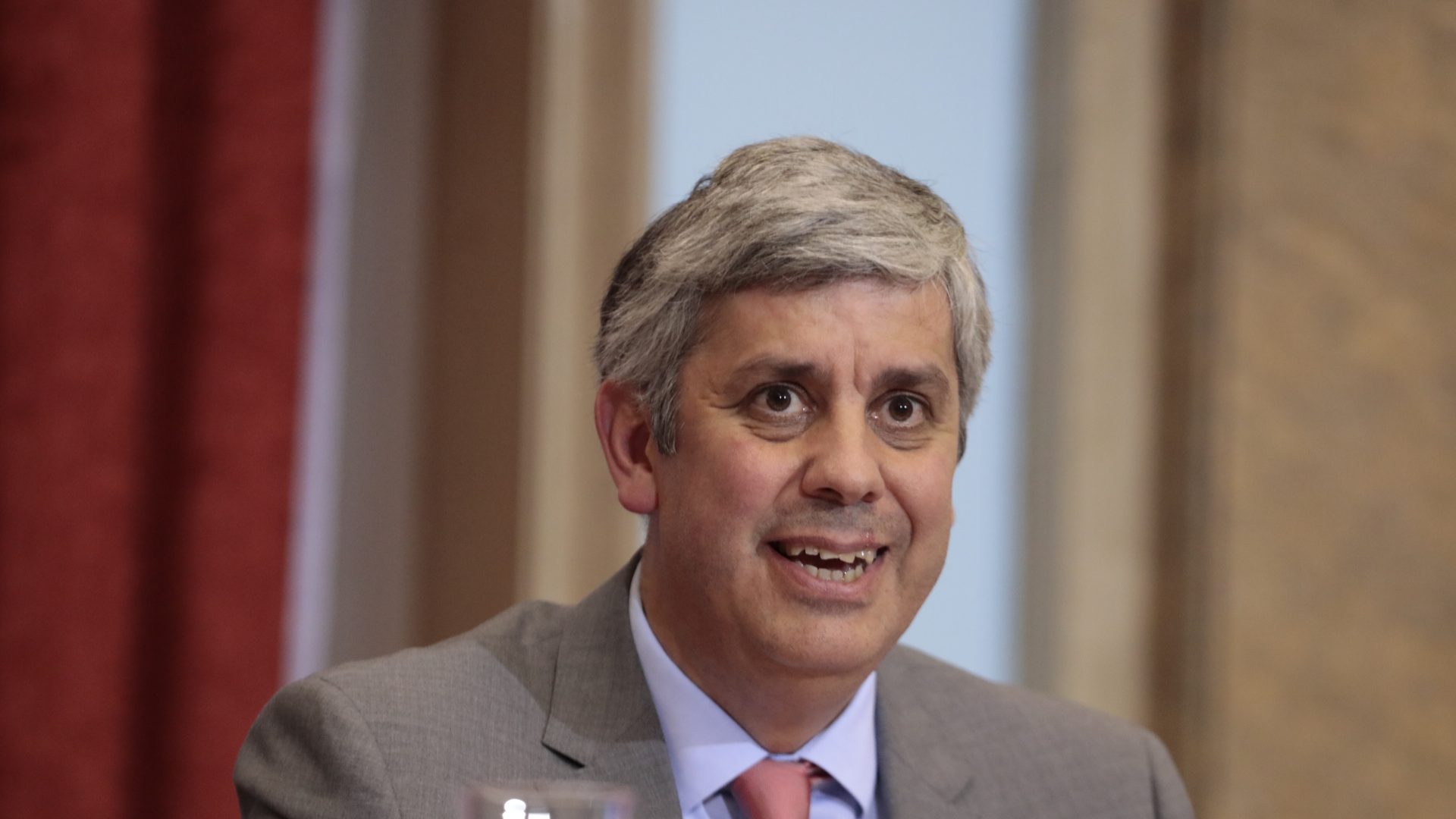Portuguese Treasury made quicker reimbursements to IMF and reinforced its liquidity buffer
Quick and early repayments to IMF do not compromise the Portuguese liquidity buffer. The Treasury hopes to reach the end of the fiscal year with an even bigger safety net than initially planned.

Portugal has been accelerating payments to the International Monetary Fund (IMF), taking advantage of the low interests in the market to pay off more expensive debt. But did that rush in repaying the IMF debt result in a decrease of the liquidity buffer? No: according to ICGP’s projections, the country will get to the end of the year with even larger deposits than anticipated.
Low interests are helping the management of the Portuguese public debt. Such as ECO previously disclosed, IGCP had told investors that by the end of the year, Portugal would make another billion euros’ early reimbursement to IMF. And that reimbursement has been payed this Monday.
All in all, from a forecast of 1.5 billion euros’ to be repaid in 2017 that were projected in the State Budget for this year, the Portuguese Treasury should reach the end of the year with around 10 billion euros of early repayments to IMF — this is almost seven times more than what was predicted in the 2017 State Budget.
In order to pay off all of IMF’s debt — a strategy that has the advantage of significantly reducing charges with interests –, the Treasury is getting financing from the market and it is not reducing the liquidity buffer, in comparison to what had been planned.
Since it recovered access to financing from the debt market, the Treasury has been maintaining more or less generous buffers, according to the financing needs for next year. On the 2017 State Budget, IGCP hoped to get to the end of this year with a treasury balance of around 6.6 billion euros, an amount that remains pretty much unchanged when compared to the 6.5 billion euros it was expecting to have in 2016.
However, in 2016, the Treasury ended the year with a 10.2 billion euros’ liquidity buffer, an amount that is largely justified by the pre-financing of the capital injection that was made in March in Caixa Geral de Depósitos (CGD).
Now, according to the most recent information to investors, the Treasury hopes to end 2017 with a treasury balance of 7.8 billion euros, 1,200 million euros more than what was initially foreseen.




